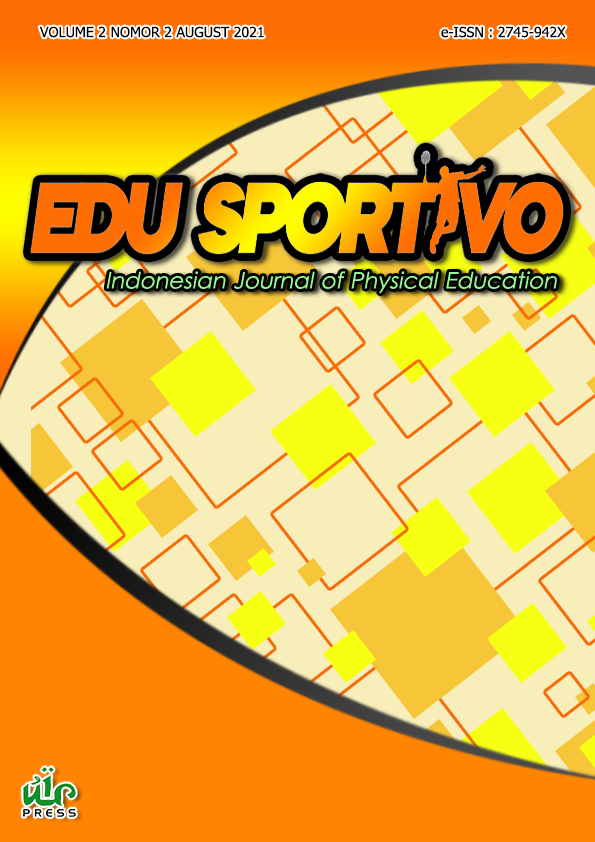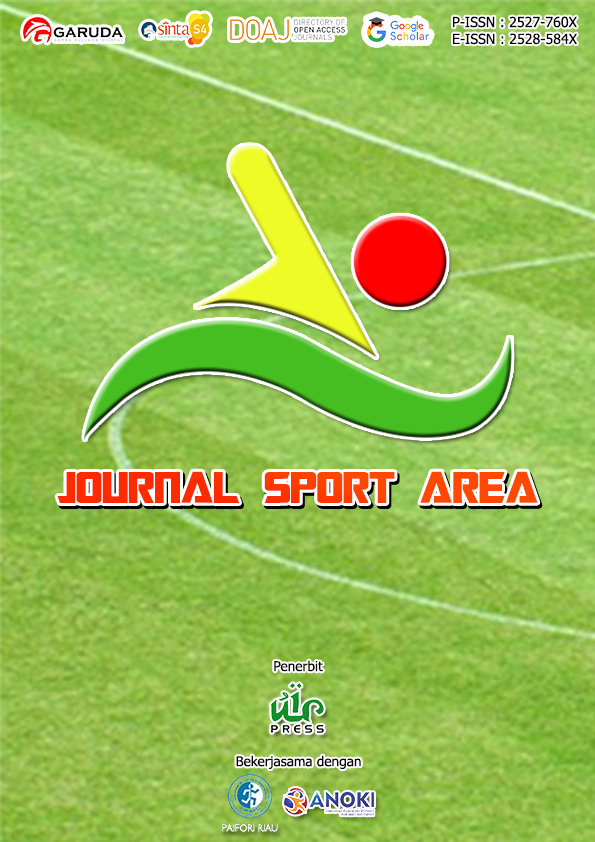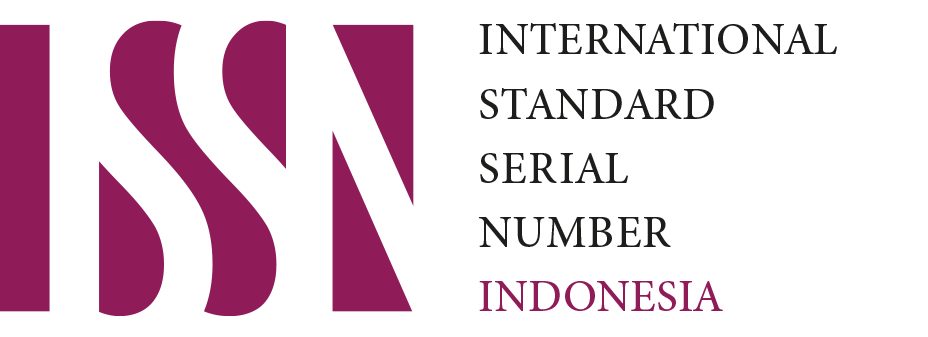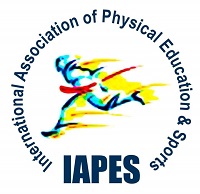Comparasion of self-esteem and aggression between combative and non combative sports of Kashmir Division
Keywords:
Self-esteem, aggression, combative, non-combativeAbstract
This survey type research aimed to check and compare the self-esteem aggressiveness between combative sports and non- combative sports of Jammu and Kashmir. For knowing the outcome of results A total of sixty 60 sports players, which constitute 30 Combative sport and 30 non-combative sport. The Subjects were selected by purposive sampling. The subjects were considered from the age group between 22-29 years. For the analysis of the self-esteem and aggresssive tendency of the subjects of both the groups I.e. combative sports and non-combative sports group. The Standard questionnaire meant for Self-Esteem by- Dr. Morris Rosenberg's Self-Esteem Scale it has 10 items and the standard questionnaire of aggression constructed by R. L. Bhardwaj scale, were used for data collection and to know the aggression level of individual and team game players of Kashmir University which contains 28 items. The analysis of data was done by using statistical technique ‘t’- test for finding the significance difference of self-esteem aggressive tendency between combative sports and non-combative sports and the level of significance was set at 0.05 levels (p<0.05). After the systematic collection, analysis and interpretation of collected data from all, it is concluded that in comparison between both groups Combative were found with high self-esteem and aggression as compared to non-combative sports players.
Downloads
References
Baker, F. C., Whiting, H. T. A., & Van der Brug, H. (1990). Sport Psychology: Concept and Applications.
Imtiyaz, S., Agnihotri, R. K., Ahmad, S., & Sharma, R. (2014). Effect of cobalt and lead induced heavy metal stress on some physiological parameters in Glycine max. International Journal of Agriculture and Crop Sciences, 7(1), 26-34.
Lone, B. A., & Dasgupta, S. (2016). A Cross Cultural Study on Aggression in a Group of College Students from West Bengal and Jammu & Kashmir. The International Journal of Indian Psychology, 3(3), 1-10.
Klimczak, J., Podstawski, R., & Dobosz, D. (2014). The association of sport and violence, aggression and aggressiveness-prospects for education about non-aggression and reduction of aggressiveness. Archives of Budo, 10, 273-286.
Krishnaveni, K., & Shahin, A. (2014). Aggression and its influence on sports performance. International Journal of Physical Education, Sports and Health, 1(2), 29-32.
Kubacka-Jasiecka, D. (2006). Silent Bystanders to Violence: Social Influence or a Conflict of Identification. Understanding problems of social pathology, 33, 163.
Kumar, M. (2015). Study of Aggressive Tendency among the Kabaddi and Kho-Kho Players. International Journal of Science and Research (IJSR), 4(7), 2597-2598.
Kusnierz, C., Cynarski W. J., Litwiniuk A. (2014), Comparison of aggressiveness levels in combat sports and martial arts male athletes to non-practising peers. Archives of Budo, 10, 253-260.
Kusnierz, C., Bartik P. (2014), The impact of practice of selected combat sports on signs of aggression in players in comparison with their non-training peers. Journal of Combat Sports and Martial Arts. 5(25), 17-22. https://doi.org/10.5604/20815735.1127448
Martinkova, I., & Parry, J. (2016). The paradox of martial arts–safe combat. Ido Movement for Culture. Journal of Martial Arts Anthropology, 16(4), 4-10. https://doi.org/10.14589/ido.16.4.2
Makarowski, R. (2013). Aggressiveness in sport–measurement method. Journal of Physical Education and Sport, 13(3), 278-82.
Petri, K., Bandow, N., Masik, S., & Witte, K. (2019). Improvement of Early Recognition of Attacks in Karate Kumite Due to Training in Virtual Reality. Journal Sport Area, 4(2), 294-308. https://doi.org/10.25299/sportarea.2019.vol4(2).3370
Petri, K., Emmermacher, P., Masik, S., & Witte, K. (2019). Comparison of response quality and attack recognition in karate kumite between reality and virtual reality–a pilot study. International Journal of Physical Education, Fitness and Sports, 55-63. https://doi.org/10.26524/ijpefs1946
Watson, D., Suls, J., & Haig, J. (2002). Global self-esteem in relation to structural models of personality and affectivity. Journal of personality and social psychology, 83(1), 185. https://doi.org/10.1037/0022-3514.83.1.185
Published
How to Cite
Issue
Section
This is an open-access article distributed under the terms of the Creative Commons Attribution-ShareAlike 4.0 International License which permits unrestricted use, distribution, and reproduction in any medium. Users are allowed to read, download, copy, distribute, search, or link to full-text articles in this journal without asking by giving appropriate credit, provide a link to the license, and indicate if changes were made. All of the remix, transform, or build upon the material must distribute the contributions under the same license as the original.
Accepted 2021-08-17
Published 2021-08-22



.png)




















.png)







.png)





